
This is the month we can take our foot off the brake and dive headlong into sowing and planting. However an overnight frost can undo all our hard work so proceed with caution and be ready with a fleece or cloche to cover up your most precious plants if necessary. The days may feel balmier but Jack Frost is still waiting in the wings and will take great delight in scuppering your plans.
In the flower garden
WEEDS
At the first sign of warmth weeds will make their presence felt. Young developing plants need all the nutrients they can get so don’t let them lose out to weeds. This is a great time to remove all weeds from beds, right now they're easy to spot and pull out as many have not had time to put down strong roots yet. Make sure you pull them all out now, along with their roots and it will be a good while before you need to do another thorough weeding.
ROSES
As climbing and rambling roses start to flourish you may need to tie in the new growth, now is a good time, before the stems become hidden by new leaves. As it’s April there’s still potential for a late frost and high winds so secure them safely and you will be rewarded with a display of stunning blooms later in the season. Now is also a good time to buy and plant new roses and to give plants a mulch of well-rotted manure which will not only feed the roses but also help to conserve moisture around the roots.

STAKING
You may notice perennials, shrubs and even young trees starting to sway under their new growth. To prevent damage stake them. Hammer in a sturdy stake at 45 degrees, with the point going away from the plant to avoid damaging the roots. Make the sure there is no movement in the stake, then tie the plant firmly to it. Do it sooner rather than later as the root ball is keen to grow and you run the risk of damaging it if you leave it too late in the season. New little roots that are trying to get established will break every time to root ball moves. It is worth checking plant ties at least once a year, tightening up any that are loose, and loosening any that are starting to cut into the stem or trunk of the plant.
BULBS
If the soil is drying out and warming up then it may be time to start getting those newly bought summer bulbs and corms into the ground or into pots. If you’re planting in pots ensure the compost has plenty of grit so water can drain off easily and not cause the bulbs to rot. It’s also a good idea to place crocks at the base of the pot to improve drainage.
If you’re planting bulbs into beds, think about how the final display might look and provide sufficient plant space and a good supply of sunlight. If you haven’t planted bulbs before then the rule of thumb is to plant the bulb at a depth of three times its height. If your soil is heavy add grit to the base of the hole and then fill with a gritted-compost mixture.
DAFFODILS
Your yellow and white floral trumpets are probably now past their best. Before they go to seed deadhead them and give the a general feed. That way the energy will go into the bulb in readiness for next year’s display. Let the foliage die back naturally to harness the sun’s energy. Before they disappear completely, make a note of any gaps or spots that could do with some new daffodils or narcissi for next year.
WINTER ANNUALS
Flowers such as winter pansies will be keen to set seed so regularly remove faded flowers and give them a liquid feed to encourage new displays.
PRIMROSES
At this stage they have probably finished flowering. That's when it's time to lift and divide them to create more plants for next years displays. Dividing perennials is easy to do, whether it’s with your hands or a trowel, simply prise the plants apart. Don’t worry about damaging primroses, as they’re quite tough and resilient. All that left to do then is to re-plant where you would like to see them appear next year.
HANGING BASKETS
If you ordered plants for your hanging baskets earlier this year they could now be turning up on your doorstop. Get them into their baskets with a good compost and slow-release fertiliser and also consider water retention gel to help them through those long hot summer days. Once potted up keep them in the greenhouse until the last frost has passed giving a chance for your plug plants to grow on. Then either place them in a cold frame or outside during the day for a week or two. Then place them in their final hanging positions and create a regular watering regime. Bear in mind they will require extra watering during the summer months.
PLANT OUT SWEET PEAS
If you already pinched out your sweet peas then they should now be starting to bush up. Towards the end of the month you should think about planting them out. Whether it’s directly into the ground or into a container make sure you use a support so the tendrils have something to latch onto. Keep an eye on their growth as they will quickly need to be tied in.
LAVENDER, SAGE AND ROSEMARY
April is a good time to prune these herbs. Try to do it on a dry sunny day. Remove any dead and diseased foliage but avoid cutting into the woody parts of the plant as these parts may not grow back. Simply cut back to shape the plants and keep them compact by removing par of last years growth.



HARDENING OFF
This is a much overlooked yet crucial part of gardening at this time of year and the successful gardener will take their time not to rush the gradual acclimatising of young plants to their new (outdoor) growing conditions and temperatures.
Depending on where you are in the country, towards the end of the month you may want to start hardening off young plants to get them ready for planting out in May. By hardening off you’re simply getting plants that have been raised indoors, acclimatised to cooler outdoor temperatures before planting out into their final position. If you don’t have a cold frame or grow house in which to put them, then just place your plants outside on a bright day for a few hours then bring them in before the temperature drops in the evening, or the weather takes a turn for the worse.
Do this every day for a couple of weeks, gradually increasing the time plants spend outdoors. Avoid putting them outside when there is an unexpected cold snap. Then they will grow on quickly and vigorously without any check to their growth, which can potentially set them back for many weeks.
SLUGS AND SNAILS
At the first sign of warmer weather and fresh growth slugs and snails are quick to appear on the scene. If the use of chemicals doesn’t appeal then there are lots of other types of snail deterrents available, or think about setting beer traps. Alternatively, patrol your garden early in the morning dusk or just after rainfall, remove them by hand and set them free to live their lives somewhere well away from your garden.
On the veg patch
SOW
You can finally think about stepping up your sowing regime. Consider crops such as salads, radishes, beetroot, chard, kohl rabi, carrots and parsnips. If the ground is still too cold, sow under cloches or into seed trays or pots then keep them somewhere warm with plenty of sunlight such as a greenhouse or polytunnel.
Any seeds sown back in March may now need thinning out or even re-potting. Remember as you carry out this task it’s important to hold the seedling by their ‘true leaves’ not their stems. While a damaged leaf won’t hamper the plant’s growth, a damaged stem will leave the young plant helpless.
If your ground is prepped and ready to go, think about sowing peas, leeks, carrots, broad beans or cabbage. Remember to sow little and often otherwise in a few months’ time you could end up with a glut.
Towards the end of the month you could consider sowing members of the cucurbit family; pumpkins, squashes, marrows, cucumbers and courgettes can all be sown indoors. You can also sow runner beans and sweet corn.

POTATOES
This is the month to finish planting the last of your chitted tubers but it’s a good idea to keep your horticultural fleece handy. With one eye on the weather report you may have to cover exposed foliage if there’s any sign of frost. If your potato plants have substantial growth consider earthing them up. This will not only protect the plant but will encourage it to produce more potatoes stop them turning a poisonous green and can even prevent blight.
HERBS
If you don’t have the space for a herb garden then grow them in pots and containers. Give them plenty of sunshine and plant them into some well-gritted soil. As herbs often originate from hot Mediterranean climates it’s advisable to try and replicate these conditions, so don’t overwater.
STRUCTURES
If you’re growing beans and peas then think about setting up your runner bean poles. Peas will also need a support structure such as netting poles or twiggy hazel sticks. Prep the beds first and then get your structures ready.
FRUIT TREES AND SOFT FRUIT
A warming climate will encourage hungry pests to seek out buds and blossom of your fruit plants. Rid your plants either by chemical means or diluted soapy water. Failing that a pair of hands can do the job equally well. Keep an eye-out for the eggs as well as the pests themselves as once hatched the damage can be devastating to your crop. It might be an idea to net your fruit plants of possible, to reduce pests such as aphids and to also deter hungry birds from eating it all.
Indoors
WATERING
Longer days and warmer temperatures will encourage your indoor plants to grow too, so you may need to step up your watering regime. Larger plants will require extra watering and possibly start getting a a liquid feed.

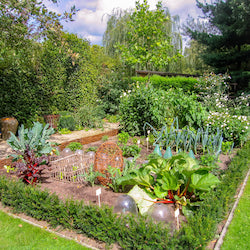
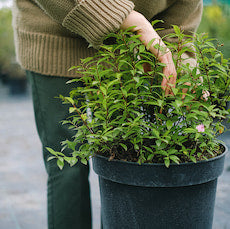
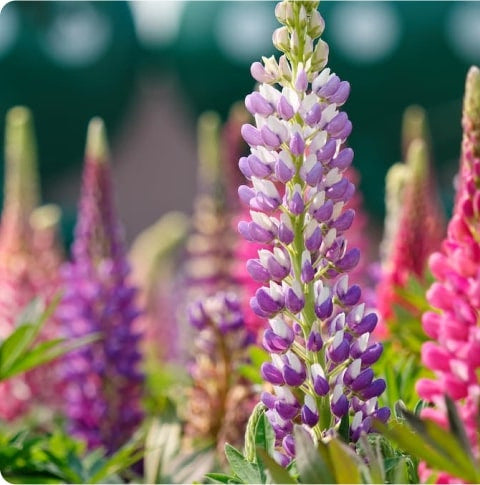

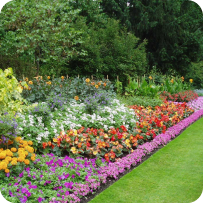
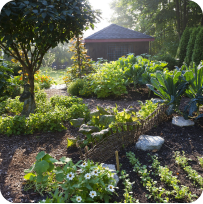





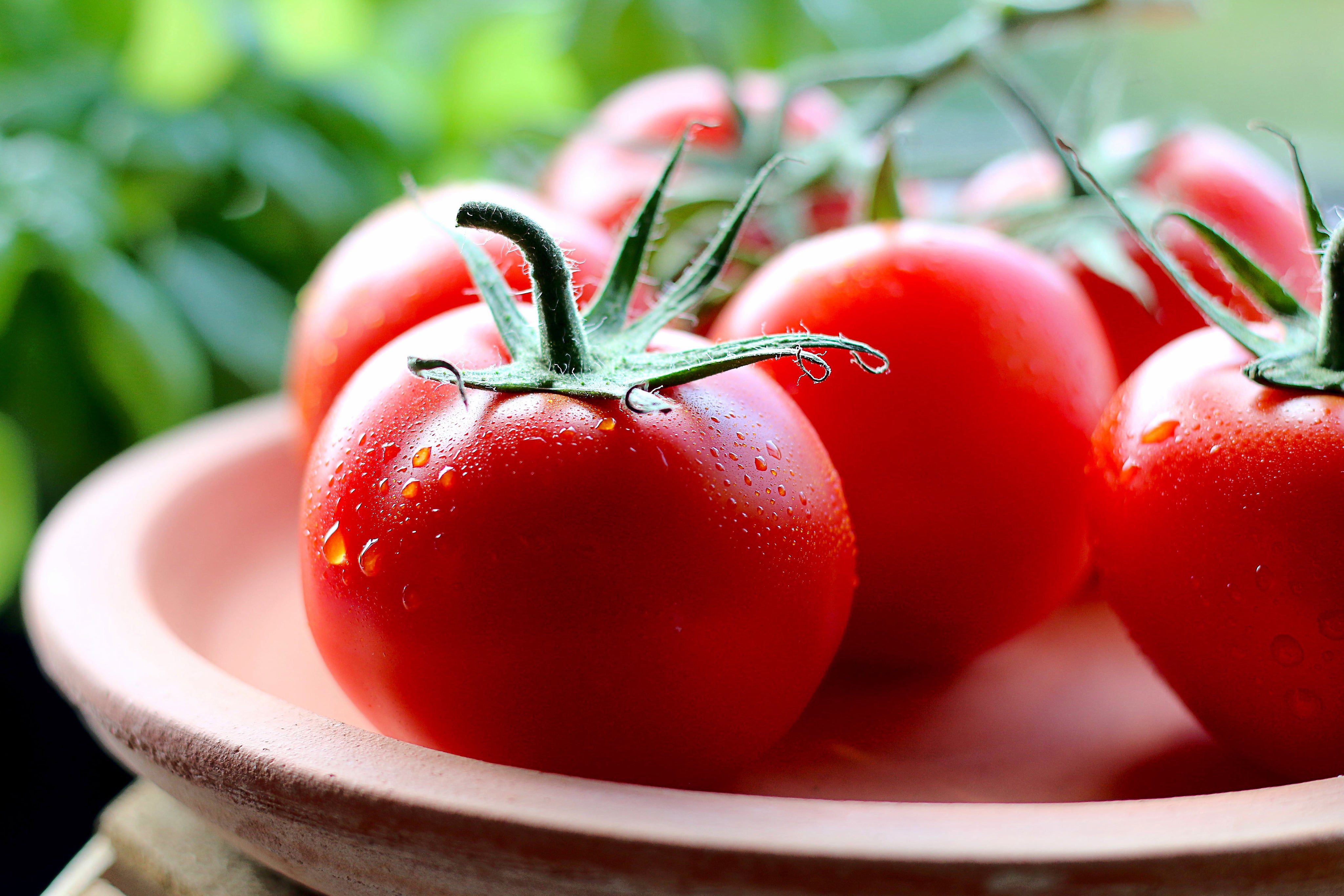

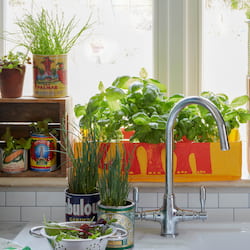
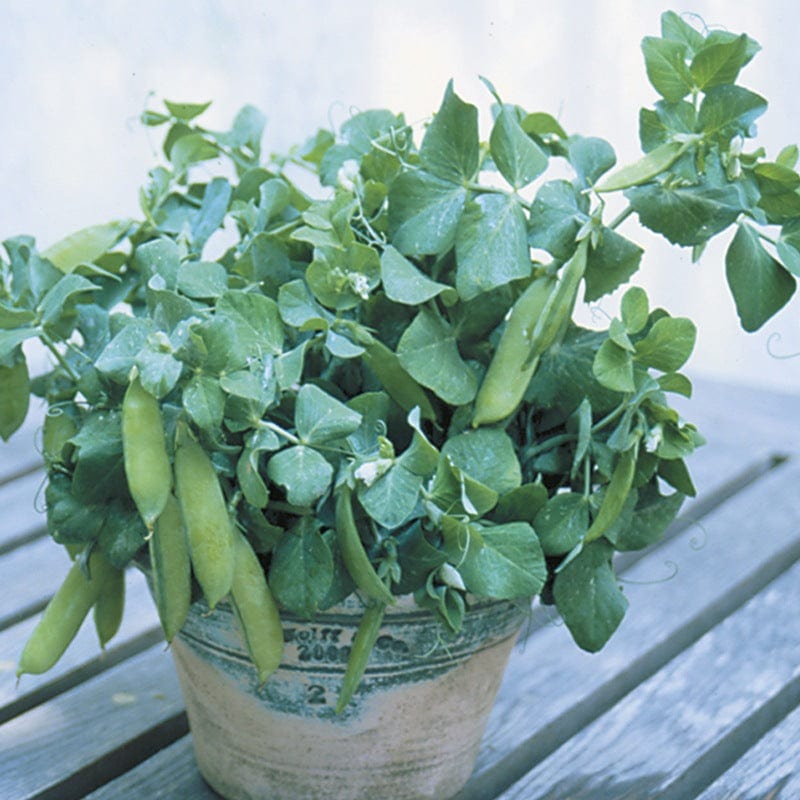


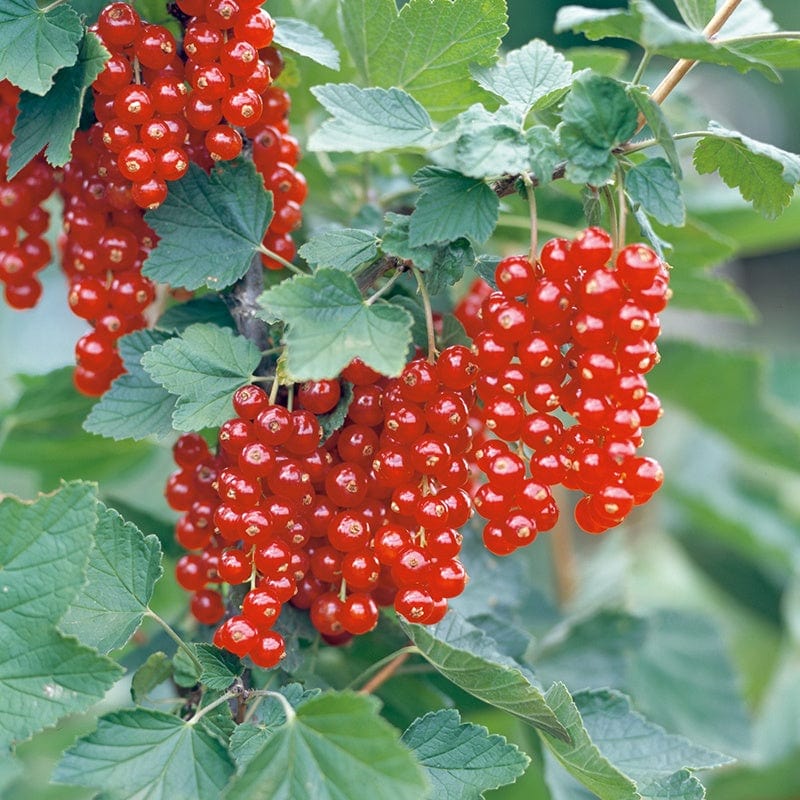
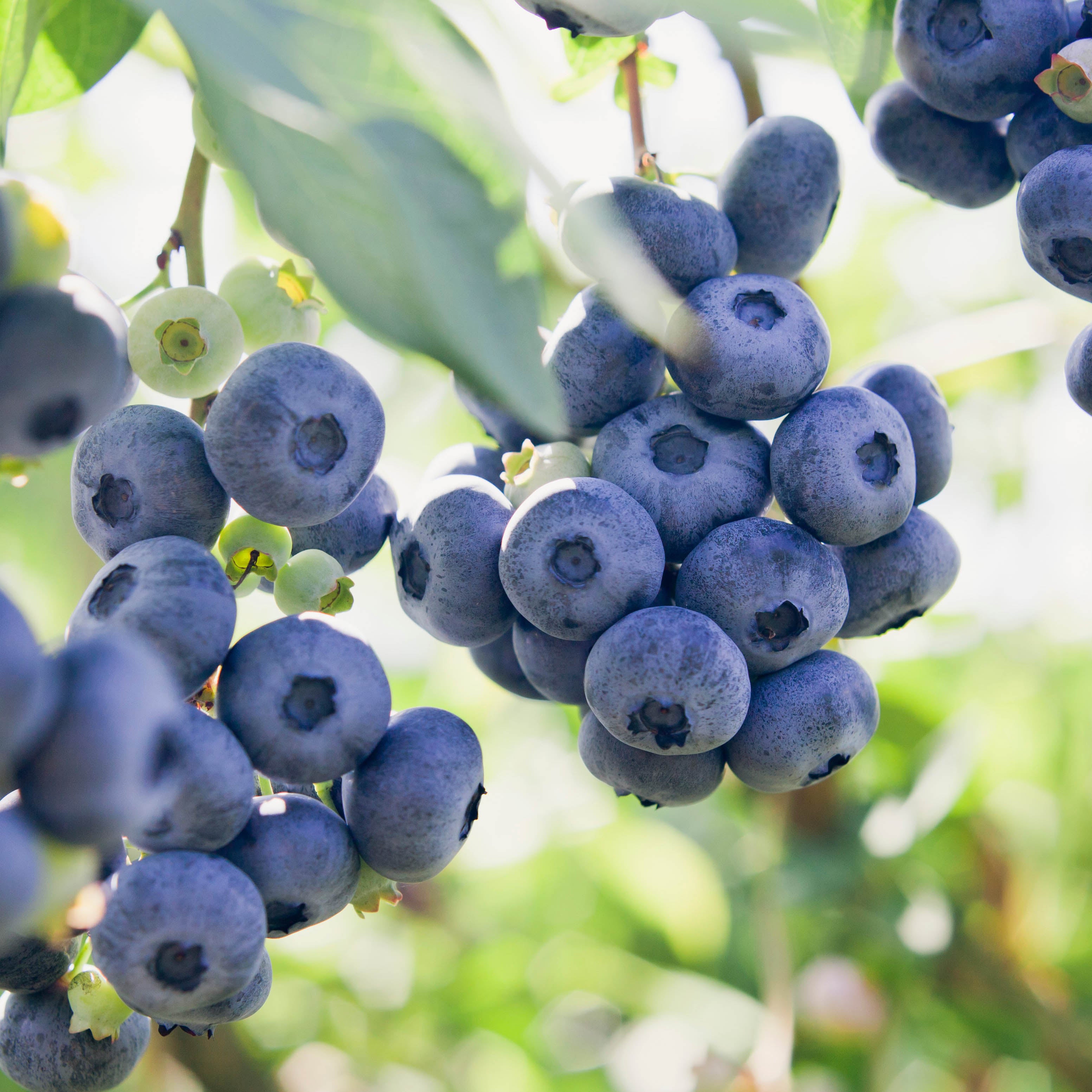
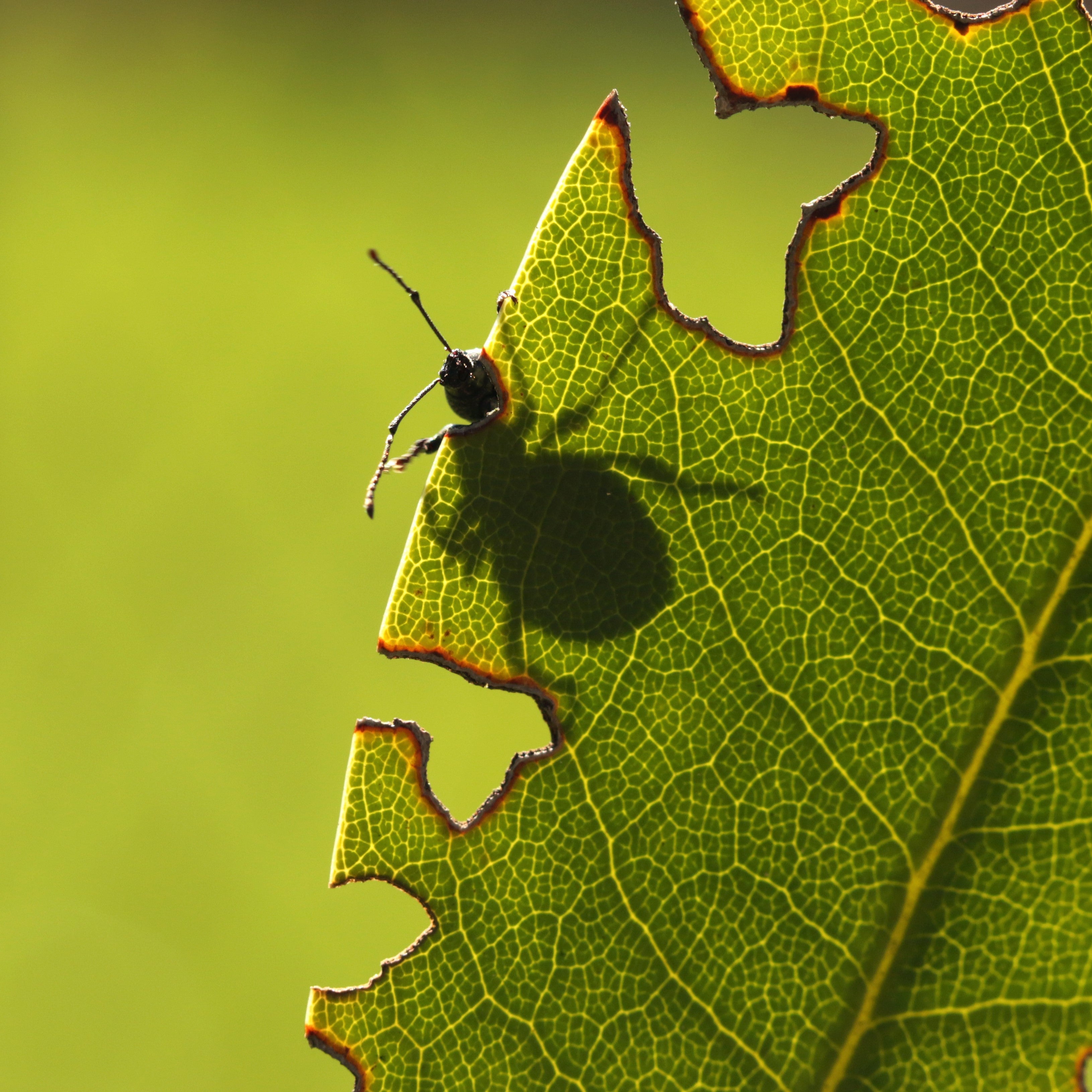

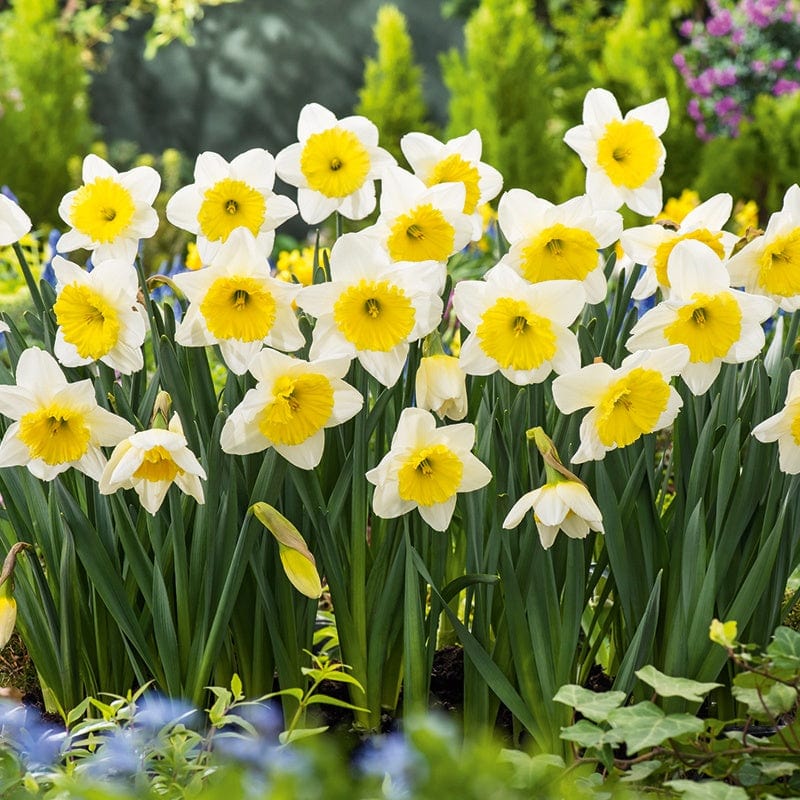
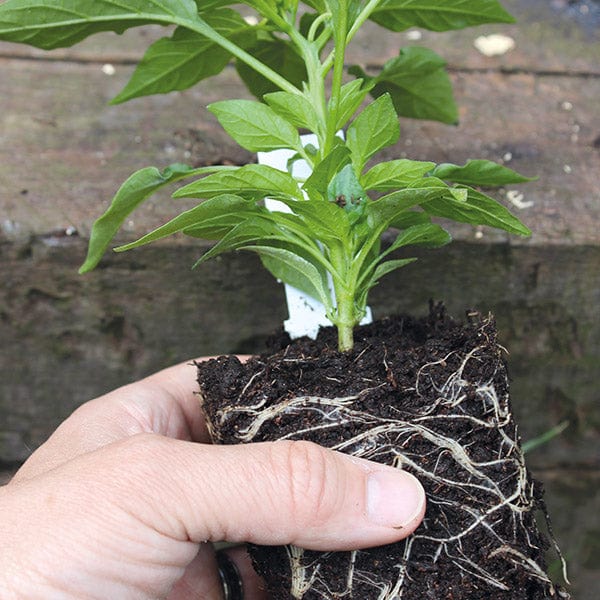
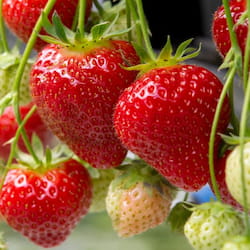
Leave a comment
All comments are moderated before being published.
This site is protected by reCAPTCHA and the Google Privacy Policy and Terms of Service apply.